すべてのメディア

2025.02.13
ICT教育
小学校
教育トレンド
中学・高校
生成AI時代の教育について 人手不足解消、学習支援、地域格差の解消…生成AIを教育にどのように活用できるか

2025.01.28
中学受験
英語学習
中学・高校
英語力を活かす!私立中学入試で英語を武器にする方法
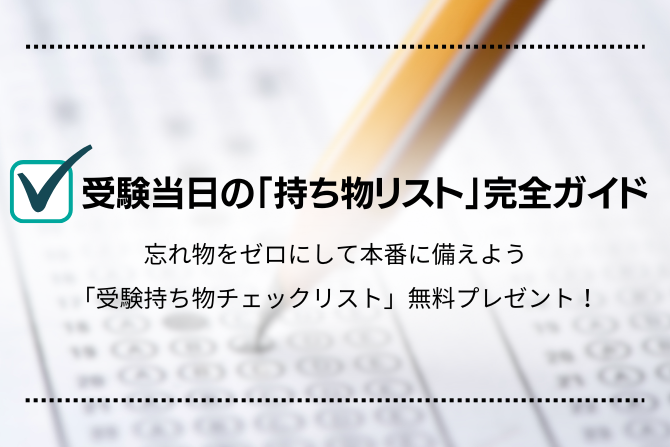
2025.01.23
中学受験
高校受験
中学・高校
受験当日の「持ち物リスト」完全ガイド:忘れ物をゼロにして本番に備えよう
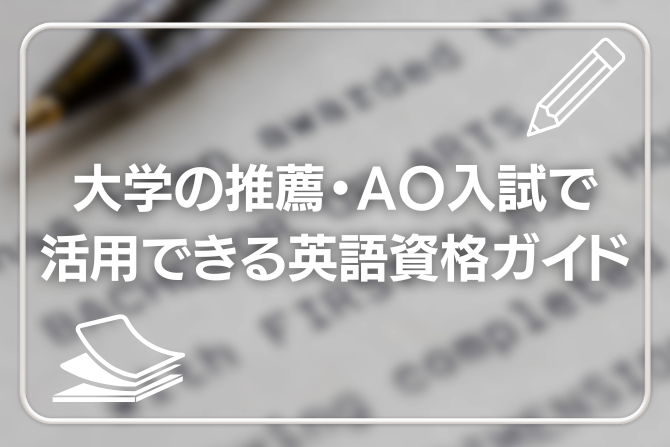
2025.01.23
大学受験
中学・高校
大学の推薦・AO入試で活用できる英語資格ガイド
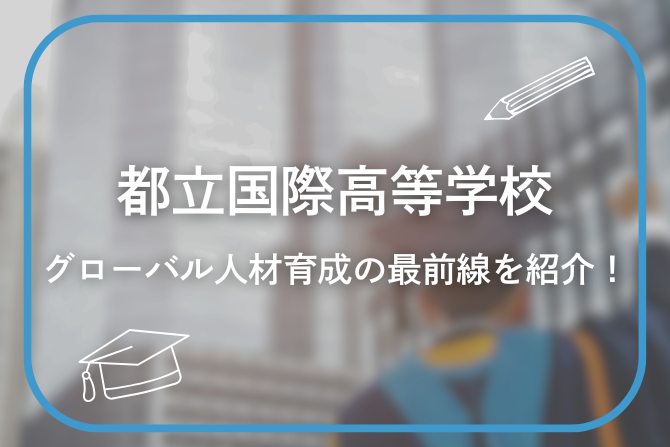
2024.12.03
英語学習
中学・高校
国際教育
都立国際高校:グローバル人材育成の最前線を紹介!
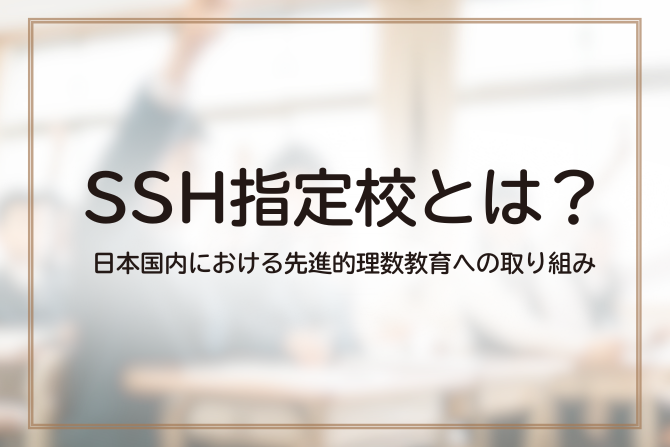
2024.11.26
STEAM教育
教育トレンド
中学・高校
SSH指定校とは?日本国内における先進的理数教育への取り組み

2024.11.19
教育トレンド
国際教育
テンプル大学ジャパンキャンパス 学生数増加の背景は?

2024.11.12
教育トレンド
国内のAI教育サービス5選を紹介!
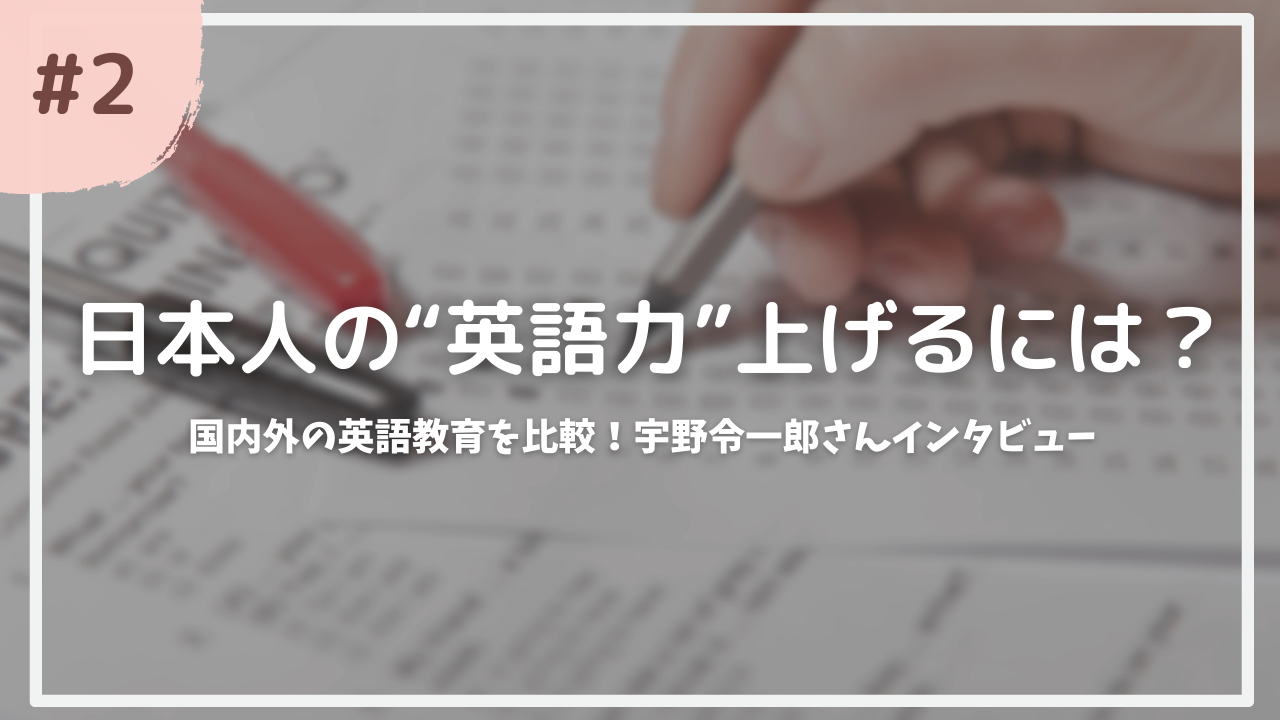
2024.10.03
ニュース
日本人の“英語力”上げるには?第二弾 国内外の英語教育を比較!宇野令一郎さんインタビュー
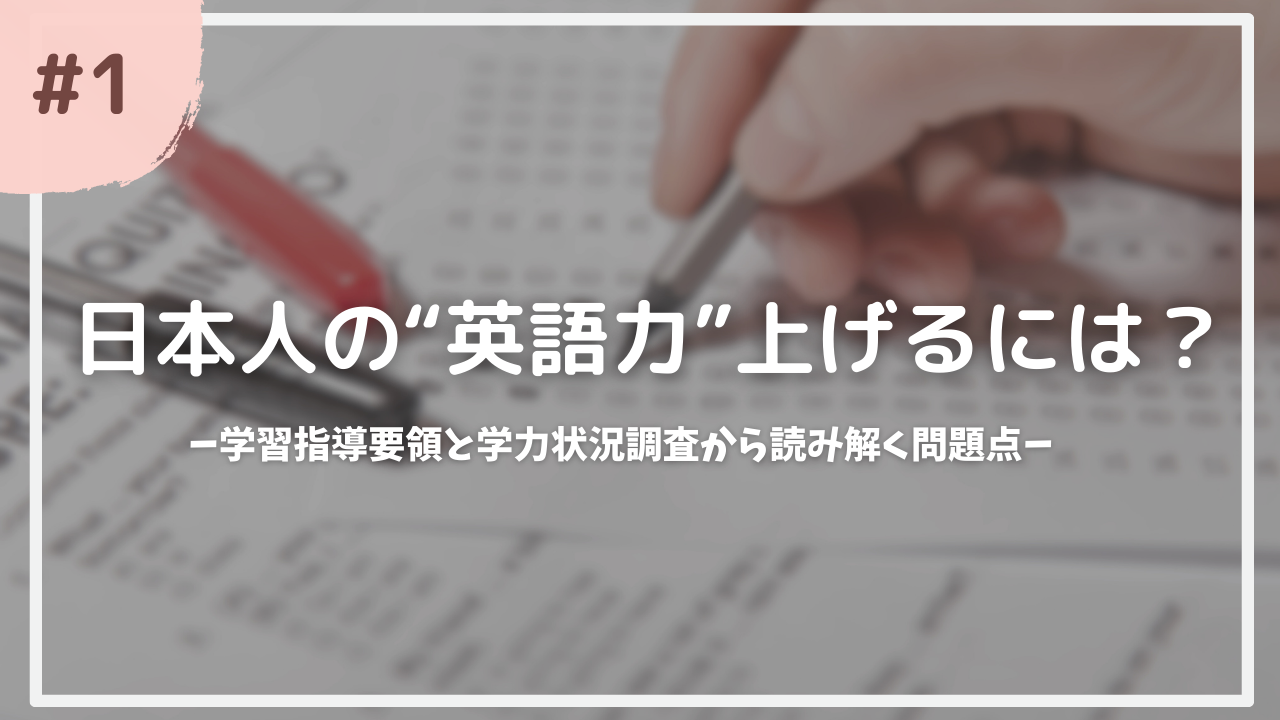
2024.10.03
ニュース
日本人の“英語力”上げるには?第一弾~学習指導要領と学力状況調査から読み解く問題点~



